Jeon Deokjin Brand
To make the sesame oil, he bought the best sesame seeds and to get a smooth flavor and rich aroma, he roasted it at a low temperature.
-
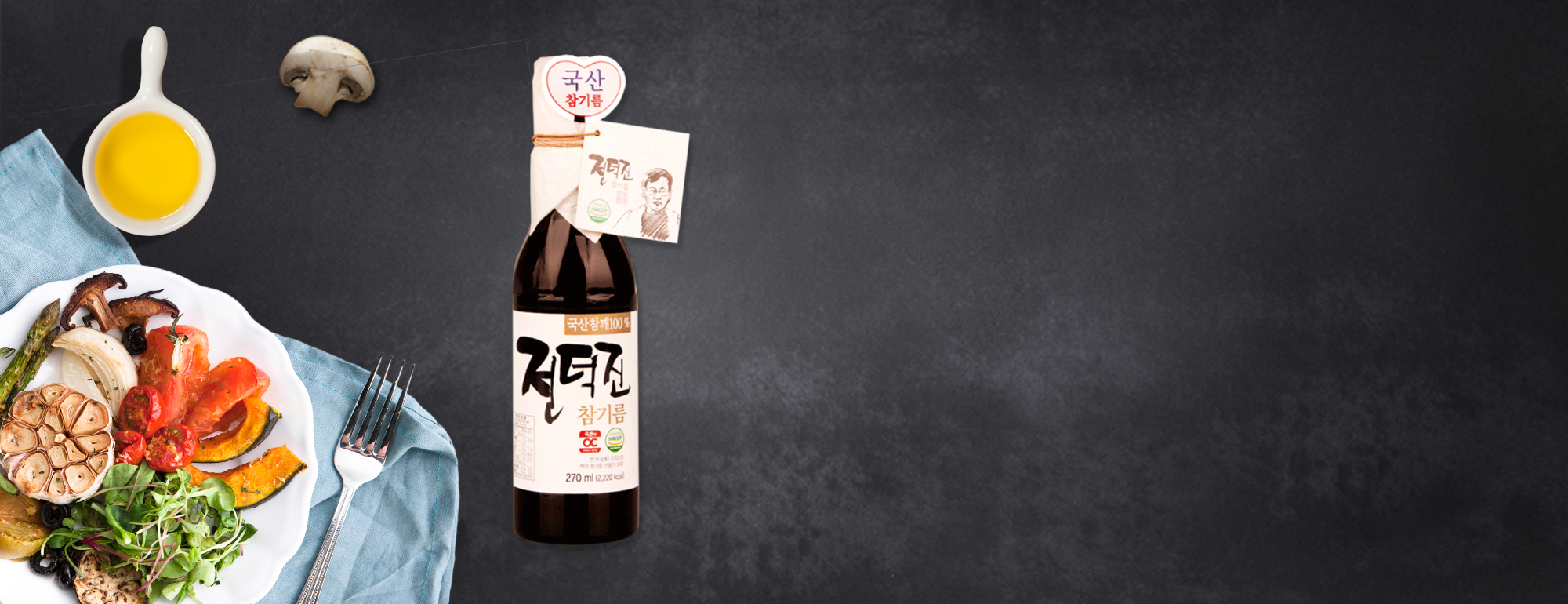 AntioxidantsSesaminol is a precursor to sesamol which is a fat soluble lignin component found in sesame. It has a powerful antioxidant and in food and in the body Lipoperoxide is created. This Lipoperoxide protects against the cause of arteriosclerosis which is LDL cholesterol and also quickly breaks down acetaldehyde which is the cause of hangovers. Sesame oil contains an abundance of antioxidants vitamin E. Vitamin E is known as an antioxidant that helps in anti-aging by protecting cell membranes from free oxygen radicals. It also helps prevent heart disease.Increase the intake of fat-soluble vitamins. Fat-soluble vitamins are vitamins A, D, E, and K that will help to further increase the absorption due to the oil and fats that melt while cooking.
AntioxidantsSesaminol is a precursor to sesamol which is a fat soluble lignin component found in sesame. It has a powerful antioxidant and in food and in the body Lipoperoxide is created. This Lipoperoxide protects against the cause of arteriosclerosis which is LDL cholesterol and also quickly breaks down acetaldehyde which is the cause of hangovers. Sesame oil contains an abundance of antioxidants vitamin E. Vitamin E is known as an antioxidant that helps in anti-aging by protecting cell membranes from free oxygen radicals. It also helps prevent heart disease.Increase the intake of fat-soluble vitamins. Fat-soluble vitamins are vitamins A, D, E, and K that will help to further increase the absorption due to the oil and fats that melt while cooking. -
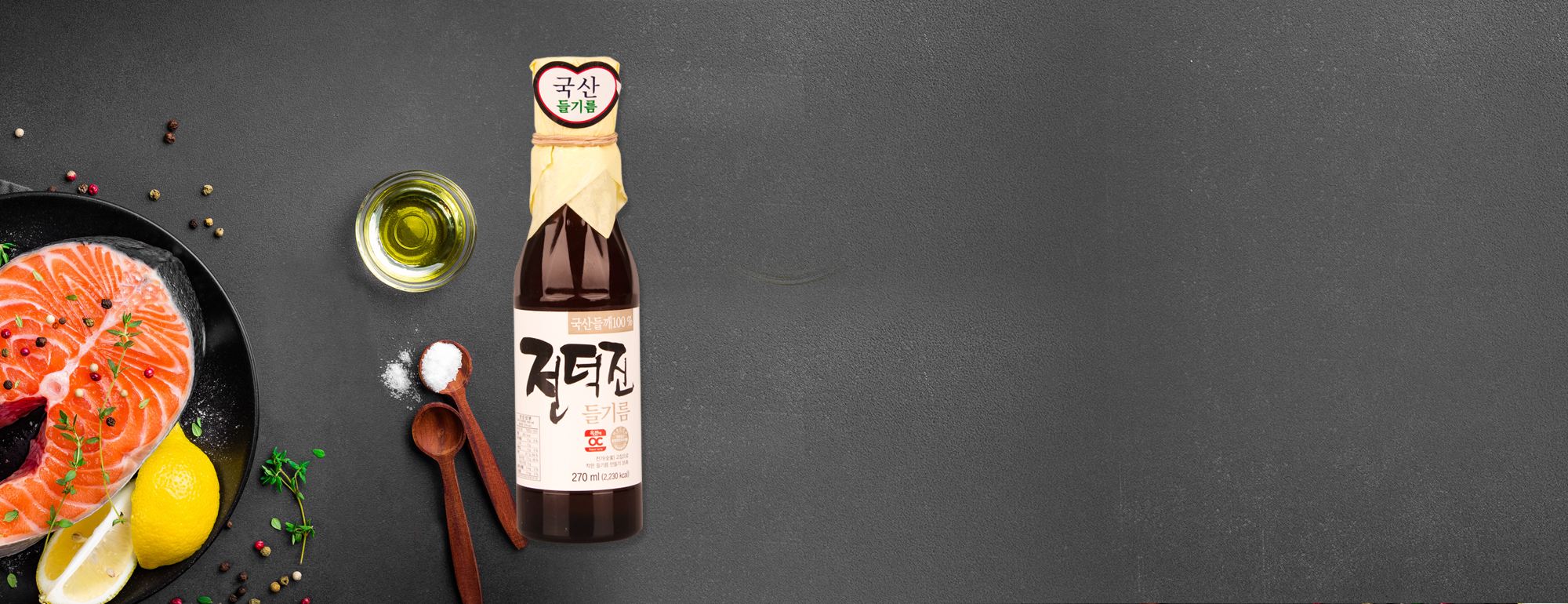 Linolenic acidA few years ago, DHA received a lot of attention because it was said that it’s good for the brain. There are lots of fat in the brain and nerve tissue which will affect the function of the cell brain. 1/3 of the fatty acid binding proteins that make up the lipid membrane of the brain is DHA. Also, it is important for the visual function of the retina to be comprised of phospholipid membranes. The fatty acid used to make DHA is linolenic acid which has a lot of Omega 3 fatty acids and is included in Perilla oil. If long term growth is insufficient, cognitive function, learning ability, and vision may be impaired.Linolenic acid, after combining with the excess cholesterol (Floating cholesterol alone does not bind) in the blood, will move to the liver and change into bile acid. Bile acid is secreted through the small intestine and together with feces results in the decrease of serum cholesterol.Through Linolenic acid, synthesized EPA can control blood clotting and has the vasodilator effect which can restrain diseases. Westerners consume a lot of vegetable oil and meat. Eskimos on the other hand eat a lot of fish (that contains lots of EPA) and also whale meat which lowers their chance of heart disease. This leads to a decrease in platelet coagulation which also decreases blood clotting. Also EPA including n-3 fatty acids can inhibit inflammation which can relieve arthritis and asthma. It can restrain the occurrence of cancer by increasing oxidative damage to cancer cells.Though no matter how good your body is, it is not good to overdo yourself. Since N-6 and N-3 as well as other affiliated fatty acids each have unique features you have to consume a balance of both acids. Based on the composition of breast milk, the recommended ratio of N-6/N-3 is in the range from 4:1 to 10:1.
Linolenic acidA few years ago, DHA received a lot of attention because it was said that it’s good for the brain. There are lots of fat in the brain and nerve tissue which will affect the function of the cell brain. 1/3 of the fatty acid binding proteins that make up the lipid membrane of the brain is DHA. Also, it is important for the visual function of the retina to be comprised of phospholipid membranes. The fatty acid used to make DHA is linolenic acid which has a lot of Omega 3 fatty acids and is included in Perilla oil. If long term growth is insufficient, cognitive function, learning ability, and vision may be impaired.Linolenic acid, after combining with the excess cholesterol (Floating cholesterol alone does not bind) in the blood, will move to the liver and change into bile acid. Bile acid is secreted through the small intestine and together with feces results in the decrease of serum cholesterol.Through Linolenic acid, synthesized EPA can control blood clotting and has the vasodilator effect which can restrain diseases. Westerners consume a lot of vegetable oil and meat. Eskimos on the other hand eat a lot of fish (that contains lots of EPA) and also whale meat which lowers their chance of heart disease. This leads to a decrease in platelet coagulation which also decreases blood clotting. Also EPA including n-3 fatty acids can inhibit inflammation which can relieve arthritis and asthma. It can restrain the occurrence of cancer by increasing oxidative damage to cancer cells.Though no matter how good your body is, it is not good to overdo yourself. Since N-6 and N-3 as well as other affiliated fatty acids each have unique features you have to consume a balance of both acids. Based on the composition of breast milk, the recommended ratio of N-6/N-3 is in the range from 4:1 to 10:1. -
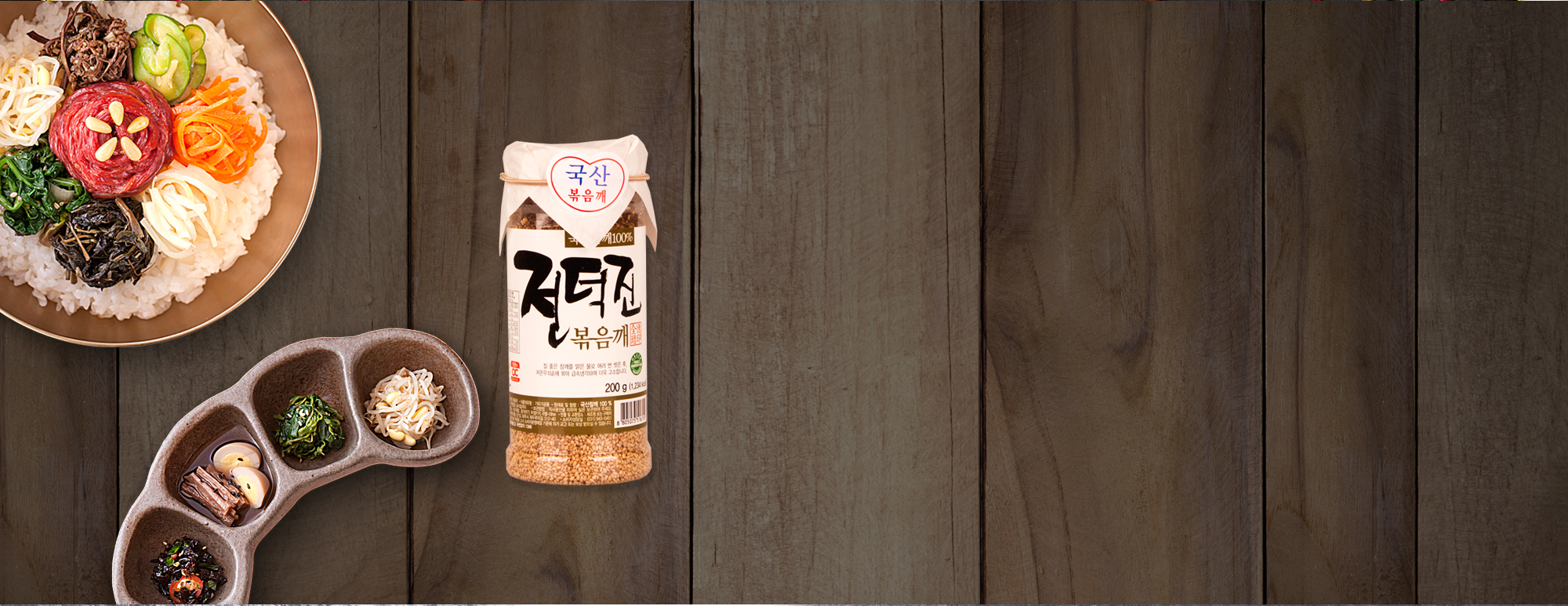 Unsaturated fatty acidsSesame is rich in unsaturated fatty acids that helps remove cholesterol attached to the walls of blood vessels.Sesame is rich in vitamin E.It has calcium. It reduces the risk of rectal cancer, form bones and teeth, maintain normal nerve and muscle function, and maintain normal blood coagulation. 100g of dried sesame contain about 1,156mg of calcium. If one were to consume about 10g of sesame a day, it would contain as much as 115.6mg of calcium. 100g of milk contains 105mg of calcium and when compared sesame, it can be said that sesame has the most amount of calcium among nut products.It contains very little sodium. 100g of dried white sesame contains about 4mg of sodium. When compared to carrots, which has 30mg per 100g, sesame only has about 1/8 of the sodium that carrots have.It contains Lignan. Sesame contains phytoestrogen lignans. Phytoestrogen is referred to plant estrogen which is known as a substance that acts similar to the estrogen hormone secreted by the human body.Perilla has less fat, more fiber, and slightly less calories than sesame.The surface of the seeds is covered with fiber called cellulose. If eaten as is, it will be discharged out of the body without being digested. Nutritionists suggest that instead of eating the seed as is, first roast and grind the seeds before consumption. However, because of the oxidation process, first grind the seeds and just before eating them roast only the portion that will be eaten.
Unsaturated fatty acidsSesame is rich in unsaturated fatty acids that helps remove cholesterol attached to the walls of blood vessels.Sesame is rich in vitamin E.It has calcium. It reduces the risk of rectal cancer, form bones and teeth, maintain normal nerve and muscle function, and maintain normal blood coagulation. 100g of dried sesame contain about 1,156mg of calcium. If one were to consume about 10g of sesame a day, it would contain as much as 115.6mg of calcium. 100g of milk contains 105mg of calcium and when compared sesame, it can be said that sesame has the most amount of calcium among nut products.It contains very little sodium. 100g of dried white sesame contains about 4mg of sodium. When compared to carrots, which has 30mg per 100g, sesame only has about 1/8 of the sodium that carrots have.It contains Lignan. Sesame contains phytoestrogen lignans. Phytoestrogen is referred to plant estrogen which is known as a substance that acts similar to the estrogen hormone secreted by the human body.Perilla has less fat, more fiber, and slightly less calories than sesame.The surface of the seeds is covered with fiber called cellulose. If eaten as is, it will be discharged out of the body without being digested. Nutritionists suggest that instead of eating the seed as is, first roast and grind the seeds before consumption. However, because of the oxidation process, first grind the seeds and just before eating them roast only the portion that will be eaten. -
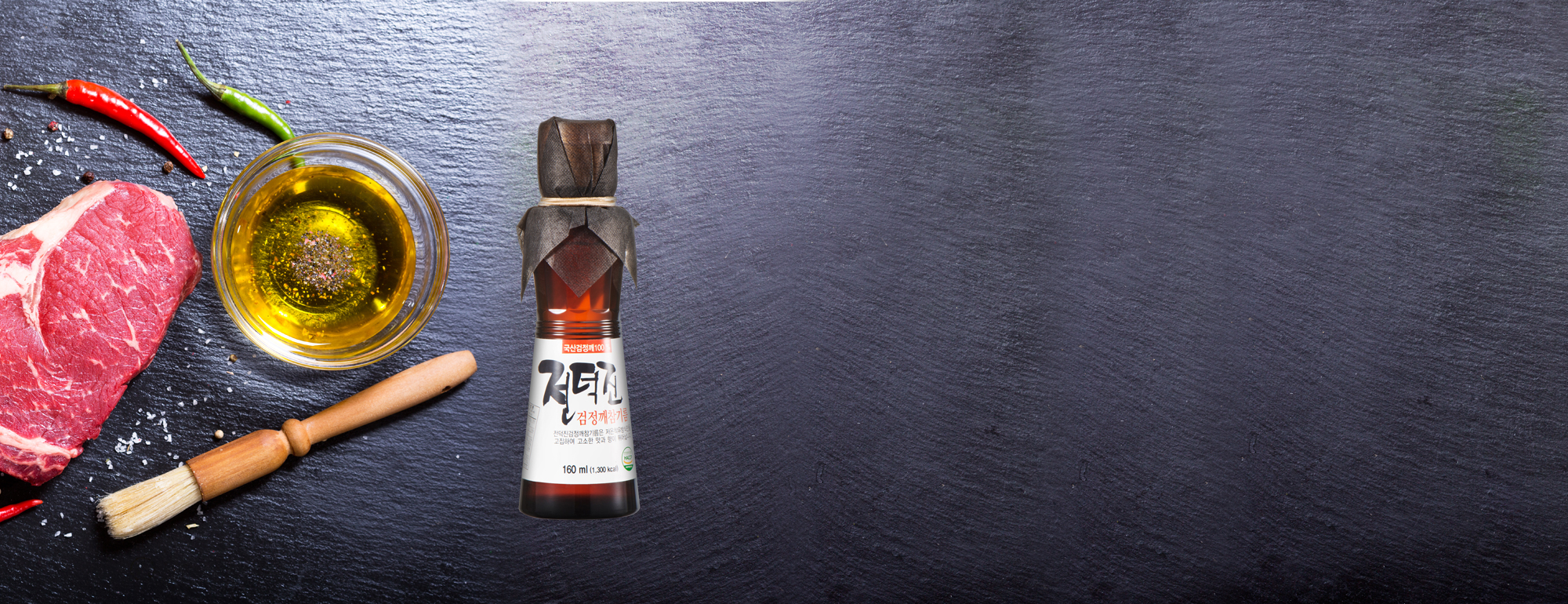 AnthocyaninsThese plant pigments are more than coloring agents for fruit juices, wine, and other beverages. They also contain an array of health-promoting benefits. Eaten in large amounts by primitive humans, anthocyanins are antioxidant flavonoids that protect many body systems. They have some of the strongest physiological effects of any plant compounds, and they are also things of beauty.Studies show anthocyanins' positive influences on a variety of health conditions. One reason is their anti-inflammatory properties, which affect collagen and the nervous system. Their ability to protect both large and small blood vessels from oxidative damage derives from a range of effects, including mitigating microvessel damage from high blood-sugar levels that cause complications in diabetics. By the same token, diabetic retinopathy, which damages eyesight, is caused by leaking, damaged capillaries.
AnthocyaninsThese plant pigments are more than coloring agents for fruit juices, wine, and other beverages. They also contain an array of health-promoting benefits. Eaten in large amounts by primitive humans, anthocyanins are antioxidant flavonoids that protect many body systems. They have some of the strongest physiological effects of any plant compounds, and they are also things of beauty.Studies show anthocyanins' positive influences on a variety of health conditions. One reason is their anti-inflammatory properties, which affect collagen and the nervous system. Their ability to protect both large and small blood vessels from oxidative damage derives from a range of effects, including mitigating microvessel damage from high blood-sugar levels that cause complications in diabetics. By the same token, diabetic retinopathy, which damages eyesight, is caused by leaking, damaged capillaries. -
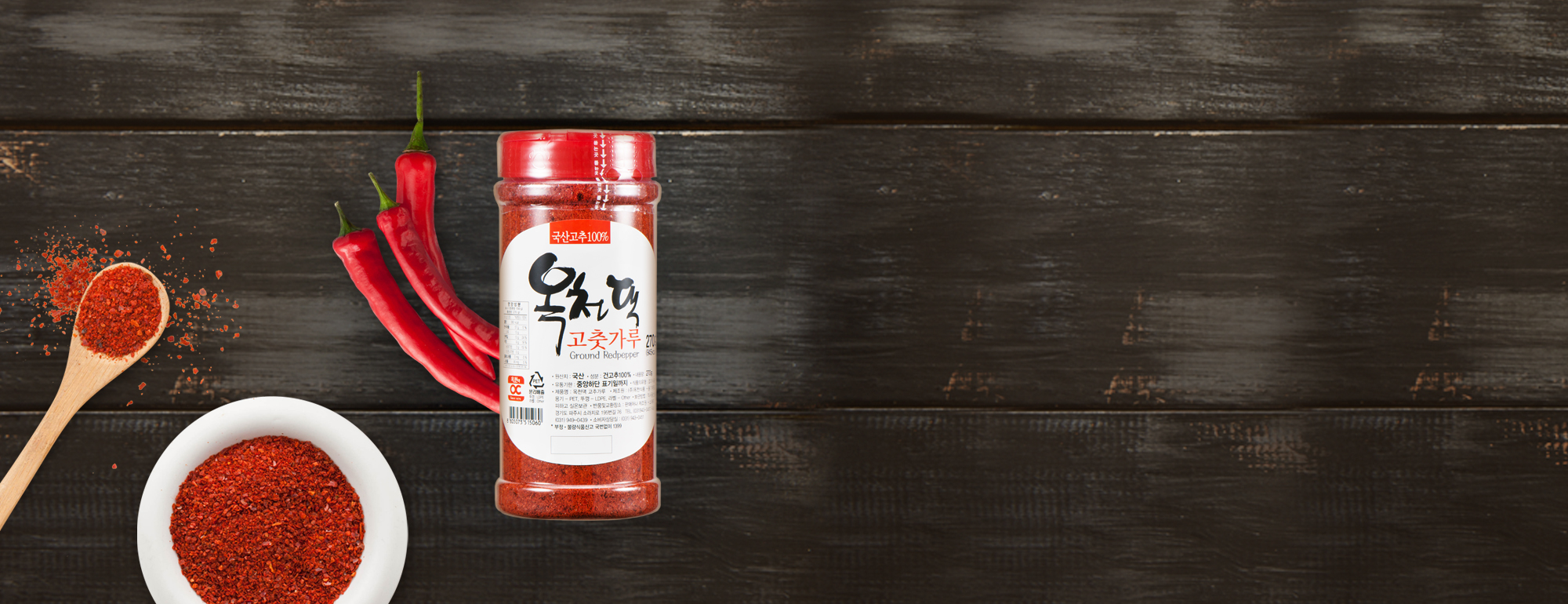 CapsaicinFight Inflammation: Capsaicin is a potent inhibitor of substance P, a neuropeptide associated with inflammatory processes. The hotter the chili pepper, the more capsaicin it contains. Capsaicin is being studied as an effective treatment for sensory nerve fiber disorders, including pain associated with arthritis, psoriasis, and diabetic neuropathy.Cardiovascular Benefits: Red chili peppers have been shown to reduce blood cholesterol, triglyceride levels, and platelet aggregation, while increasing the body's ability to dissolve fibrin, a substance integral to the formation of blood clots. Cultures where hot pepper is used liberally have a much lower rate of heart attack, stroke and pulmonary embolism.Clear Congestion: Capsaicin not only reduces pain, but its peppery heat also stimulates secretions that help clear mucus from your stuffed up nose or congested lungs.Boost Immunity: The bright color of red chili peppers signals its high content of beta-carotene or pro-vitamin A. Just two teaspoons of red chili peppers provide about 6% of the daily value for vitamin C coupled with more than 10% of the daily value for vitamin A.Help Stop the Spread of Prostate Cancer: Red chili peppers' capsaicin, the compound responsible for their pungent heat, stops the spread of prostate cancer cells through a variety of mechanisms. Capsaicin triggers suicide in both primary types of prostate cancer cell lines, those whose growth is stimulated by male hormones and those not affected by them.Prevent Stomach Ulcers: Chili peppers have a bad—and mistaken—reputation for contributing to stomach ulcers. Not only do they not cause ulcers, they can help prevent them by killing bacteria you may have ingested, while stimulating the cells lining the stomach to secrete protective buffering juices.Lose Weight: All that heat you feel after eating hot chili peppers takes energy—and calories to produce.Lower Risk of Type 2 Diabetes: Making chili pepper a frequently enjoyed spice in your Healthiest Way of Eating could help reduce your risk of hyperinsulinemia (high blood levels of insulin)—a disorder associated with type 2 diabetes.
CapsaicinFight Inflammation: Capsaicin is a potent inhibitor of substance P, a neuropeptide associated with inflammatory processes. The hotter the chili pepper, the more capsaicin it contains. Capsaicin is being studied as an effective treatment for sensory nerve fiber disorders, including pain associated with arthritis, psoriasis, and diabetic neuropathy.Cardiovascular Benefits: Red chili peppers have been shown to reduce blood cholesterol, triglyceride levels, and platelet aggregation, while increasing the body's ability to dissolve fibrin, a substance integral to the formation of blood clots. Cultures where hot pepper is used liberally have a much lower rate of heart attack, stroke and pulmonary embolism.Clear Congestion: Capsaicin not only reduces pain, but its peppery heat also stimulates secretions that help clear mucus from your stuffed up nose or congested lungs.Boost Immunity: The bright color of red chili peppers signals its high content of beta-carotene or pro-vitamin A. Just two teaspoons of red chili peppers provide about 6% of the daily value for vitamin C coupled with more than 10% of the daily value for vitamin A.Help Stop the Spread of Prostate Cancer: Red chili peppers' capsaicin, the compound responsible for their pungent heat, stops the spread of prostate cancer cells through a variety of mechanisms. Capsaicin triggers suicide in both primary types of prostate cancer cell lines, those whose growth is stimulated by male hormones and those not affected by them.Prevent Stomach Ulcers: Chili peppers have a bad—and mistaken—reputation for contributing to stomach ulcers. Not only do they not cause ulcers, they can help prevent them by killing bacteria you may have ingested, while stimulating the cells lining the stomach to secrete protective buffering juices.Lose Weight: All that heat you feel after eating hot chili peppers takes energy—and calories to produce.Lower Risk of Type 2 Diabetes: Making chili pepper a frequently enjoyed spice in your Healthiest Way of Eating could help reduce your risk of hyperinsulinemia (high blood levels of insulin)—a disorder associated with type 2 diabetes.
HISTORY
Okchun Foods started in 1979 as a little sesame oil store in the Yeongcheon market in Seoul. The founder and CEO operated the shop with his family (especially with his wife). At the time there were a couple other sesame oil stores in the market and they all depended on the business of the people coming in and out of the market.
First, they bought a used car. (At the time, not too many people had a car.) After which they started to deliver sesame oil to New Core department stores (Present day Kim’s Club).
During the IMF economic crisis from 1998~2001 in Korea, the department store went bankrupt and the president of Jeon Deokjin also took a heavy blow. To make matters worse, the landlord told them to vacate the building. (At the time, I was a college student.) It was a difficult time for him but he did not give up.
The president of Jeon Deokjin bought some land in Paju (near Seoul) and built a factory there. Through the help of a New Core executive, he was able to sell to Home Plus (Korea’s discount Tesco store). Sales climbed to 100 million won a month, which was quite a dramatic change for him.
After a few years, Jeon Deokjin’s president was determined to launch high-quality luxury sesame oil made from domestic sesame. It was quite successful. This was ”Jeon Deokjin sesame oil”He thought about putting his own name on the product like how the bakery he often went to got its name. To make the sesame oil, he bought the best sesame seeds and to get a smooth flavor and rich aroma, he roasted it at a low temperature. He did his best to make the highest quality sesame oil and will continue to do so.
Jeon Deokjin president’s second son, Jeon Jongbae
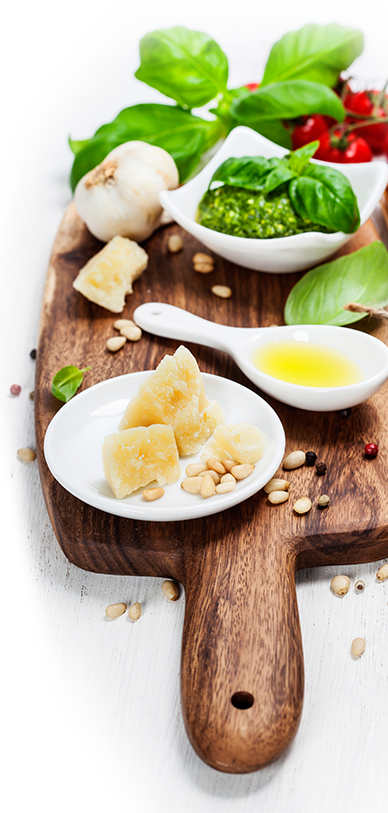
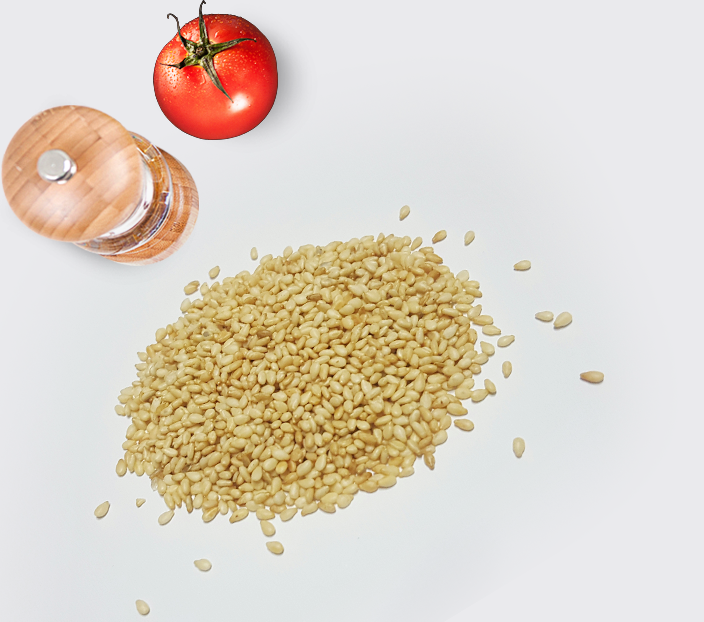
TIME LINE
- 2011
- HACCP certified
- 2002
- Okchun Foods established 2 domestic factories
- 2000
- Okchun Foods incorporation was announced
- 1996
- The company’s name changed to Okchun Foods
- 1979
- Okchun oil mill was established (In Seoul Seodaemoon Yeongcheon’s market)
BRANDS
-
Jeon Deokjin
- Jeon Deokjin’s 40 years of making sesame oil
-
In 1999, when Jeon Deokjin Sesame oil was still made with imported ingredients,
through the president of Jeon Deokjin’s volition, he put his own name on the product.
It was a reckless start, but he challenged himself anyway.
- Honesty and integrity
-
The family motto that is so plain that it is often neglected
But the rule that is not easy to be kept
That's what JDJ pursues. - Global Jeon Deokjin
-
Sesame oil, our traditional food
Beyond bibimbop Beyond pork belly (Samgeopsal)
Until the day that domestic sesame oil reaches a high global status!
-
Jeonga Gojib
It is a NPB (National Private Brand) and a private brand while being an E-land PB product.
The homepage does not sell products. Purchases can be made at the store.Store-NC department store, Kim’s Club, 2001 Outlet
Before Jeon Deokjin became a brand name product it was said that it was a true and uncompromising family brand.
Jeon Deokjin’s brand is made through its consistent ingredients.
DISTRIBUTOR
 LOCATION
LOCATION
- Tel :
- +82-31-943-0451 / 0457
- Fax :
- +82-31-949-0439
- E-mail :
- okchun9344@daum.net


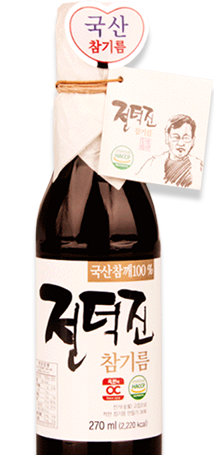 SESAME OIL
SESAME OIL
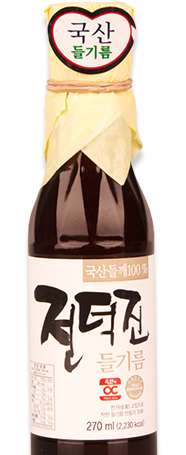 PERILLA OIL
PERILLA OIL
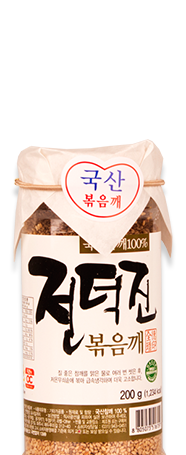 TOASTED SESAME SEEDS
TOASTED SESAME SEEDS
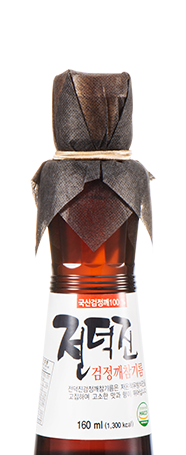 BLACK SESAME OIL
BLACK SESAME OIL
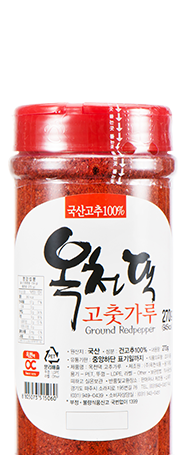 POWDERED RED PEPPER
POWDERED RED PEPPER





